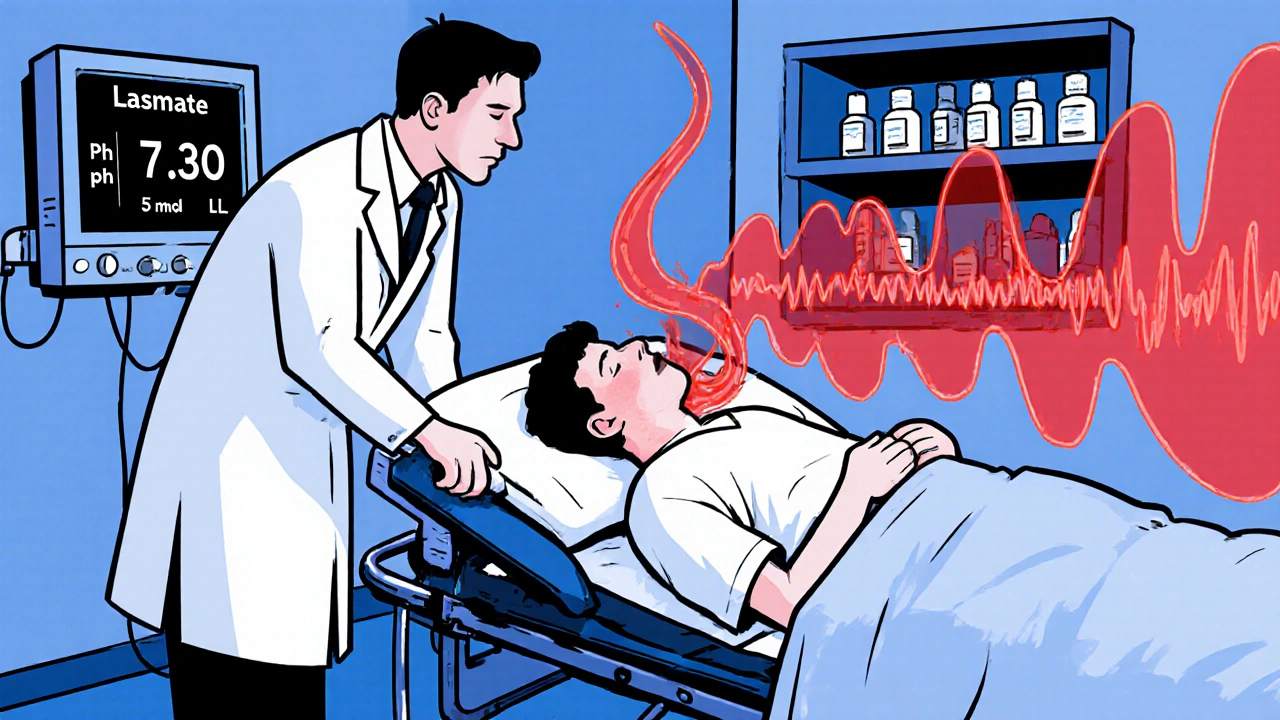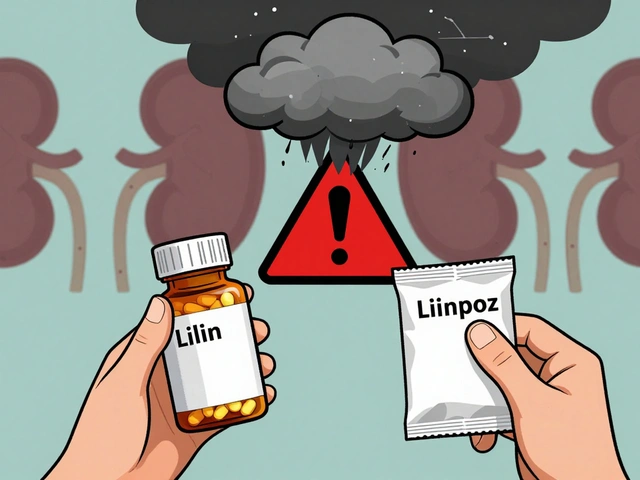Albuterol: What It Is, How It Works, and What Alternatives Exist
When your airways tighten up and breathing becomes a struggle, albuterol, a short-acting beta-agonist bronchodilator used to quickly open narrowed airways in asthma and COPD. Also known as salbutamol, it’s one of the most common rescue medications worldwide. You don’t need a degree in medicine to understand why it’s everywhere—albuterol works fast. Within minutes, it relaxes the muscles around your bronchial tubes, letting air flow more freely. It’s in inhalers, nebulizers, and even pills, but most people use it as a puff from a handheld device when they feel that tightness in their chest.
Albuterol isn’t the only option. Levolin inhaler, a brand name for levosalbutamol, the active S-isomer of albuterol, is essentially its cleaner cousin—same effect, slightly fewer side effects for some users. Then there’s formoterol, a longer-acting bronchodilator used for maintenance, not rescue, and ipratropium, an anticholinergic often paired with albuterol for more severe COPD cases. Each has its place. Albuterol is your go-to when you’re gasping. Formoterol helps you avoid getting there. Ipratropium adds muscle relaxation without stimulating your heart as much. Choosing between them isn’t about which is "better"—it’s about what your body needs right now.
People often ask if albuterol is safe long-term. The answer? For rescue use, yes. For daily use without a controller inhaler? Not ideal. Overusing it can mask worsening asthma and even raise your risk of serious attacks. That’s why so many posts here compare albuterol with other options—because knowing when to use it, when to switch, and when to add another drug can make all the difference. You’ll find real comparisons between albuterol and Levolin, formoterol, and others in the posts below. No fluff. Just what works, what doesn’t, and what to ask your doctor next.






